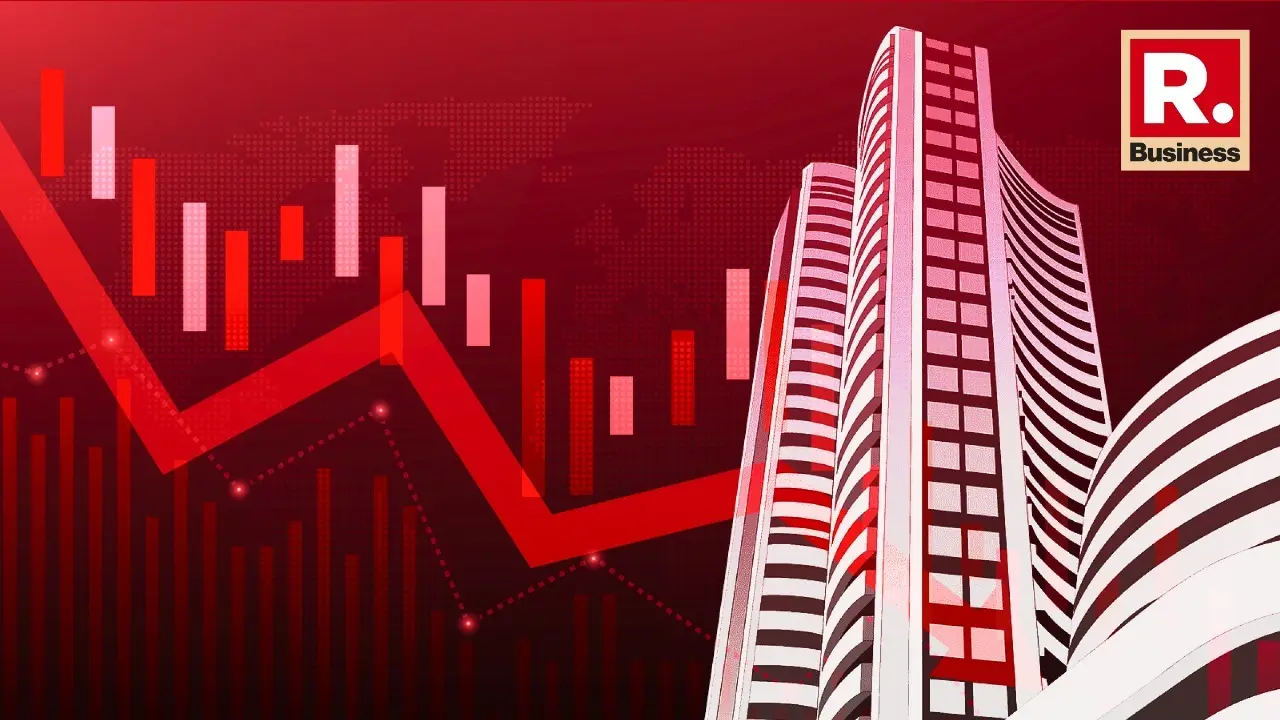Updated 7 April 2025 at 14:42 IST
Black Monday 2.0: Why Is Today Being Compared To The Crash Of 1987?
On October 19, 1987, American markets experienced their most dramatic one-day decline ever.
- Republic Business
- 2 min read

Indian shares experienced a bloodbath on Monday, April 7, reminding people of the infamous Black Monday of 1987. Panic selling following fears of an impending global recession and U.S. tariff tensions erased more than Rs 29 lakh crore in investors' wealth.
This slump is attributed to President Trump's imposition of broad tariffs, such as a 10% tax on all imports and additional duties on leading exporters like China, the EU, Japan, and Vietnam. The tariffs spurred a huge two-day market sell-off.
Jim Cramer's Warning Comes True
Recently, in widely followed remarks made just a few days earlier, popular US market commentator Jim Cramer warned that there would soon be a probable market collapse over the heightened tariff war introduced by former US President Donald Trump .
"We won't wait that long. We'll find out by Monday," he advised. His own foretelling of a 'bloodbath' ominously occurred, sustaining the 'Black Monday 2.0' campaign on social networks.
Advertisement
What Happened On Black Monday 1987
On October 19, 1987, American markets experienced their most dramatic one-day decline ever. The Dow Jones Industrial Average fell 22.6%, and the S&P 500 plummeted almost 30%. The shockwaves echoed around the world, triggering a month-long meltdown in markets.
This incident, Black Monday, resulted in global losses of an estimated $1.71 trillion. The causes of the crash included overpriced stocks, increasing trade and budget deficits, and increasing interest rates.
Advertisement
Also, computerized trading techniques, such as portfolio insurance, worsened the free fall of the market. In spite of its severity, the DJIA recovered in November 1987,
Sensex and Nifty in Freefall
On April 7, the 30-share BSE Sensex fell 3,939 points (5.22%) to 71,425.01, and the NSE Nifty dropped 1,160 points (5.06%) to 21,743.65. The market capitalization of all listed BSE companies dropped to Rs 383.95 lakh crore from Rs 412.98 lakh crore on April 2.
The Nifty IT index had a steep fall in the midst of growing anxiety over a recession in the U.S. and continued trade tensions. The index opened at 31,500.00 against the previous close of 33,511.40, representing a fall of about 6%
Trump declared this day as "reciprocal tariffs," now referred to as 'Liberation Day'.
Rupee and Global Pressure
The rupee declined by 19 paise to 85.63 per dollar in early trading, further reflecting the pressure due to global uncertainty. Experts now worry that if the tariff war intensifies, it may lead to a global recession, reminiscent of the 1987 crash.
Published By : Musharrat Shahin
Published On: 7 April 2025 at 11:24 IST
